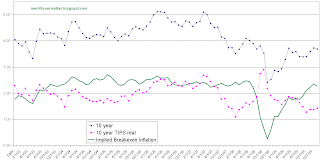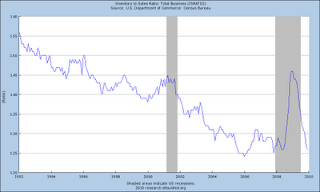Diana Olick of CNBC:
Okay, so 7.9 million Americans are not paying their mortgages.To sum up the program as described by fundmymutualfund:
Are we really thinking about the implications of that?
I've already reported studies that show Americans are now far more likely to pay their other bills first before their mortgage (which is a big turnaround historically speaking.)
That means they pay off their credit cards, cable bills, car loans in place of their home loans. Some are forced to, while others are doing so strategically. Don't get me started again on strategic defaults...
Paul Jackson, publisher of Housingwire.com, wrote a fascinating article last week that put this into real cash perspective.
First he describes a case study of someone who applied for the government's Home Affordable Modification Program.
The person had an $1,880.00 monthly mortgage payment on which they'd defaulted, but said person's monthly bank statement showed payments to a tanning salon, nail spa, liquor stores, DirecTV bill with premium charges, and $1,700.00 in retail purchases from The Gap, Old Navy, Home Depot, Sears, etc.
Writes Jackson:
Even if you assume that just half of the current 7.4 million currently delinquent mortgages fit this sort of ’spending profile’ (that is, they are spending their mortgage) and you assume a $1,000 median monthly mortgage payment for most U.S. homeowners — you get a $3.7 billion boost per month to consumer spending. It’s certainly enough spending to matter in the overall scheme of things.
So for newer readers here is the 'game' as I've outlined many times.
1.Home'owners' default.. many of which are owners only in practice (not putting a dime down on their home).
2.That money once used to pay mortgages can now go into the economy as a form of permanent stimulus via consumption. Back in November I figured the number to be akin to the spring 2008 Bush stimulus - but instead of a 1x benefit, it's a permanent stimulus.
3.The banks drag feet on foreclosures because to make their balance sheet look good they will only take so many foreclosures over in any 1 quarter. Since the FASB (accounting board) rule change, they can do this since they don't have to mark the mortgages to reality - they can pretend... until of course the actual foreclosure. So the majority of mortgages on their books are still at "their discretion" and only the % they foreclose on, do they have to mark to "market" (i.e. reality). Hence the 6 months foreclosure now turns into the 18+ month foreclosure.
4.The market could care less about losses for large banks or the reality of the balance sheet because the US government stands behind all major banks... they are too big to fail. So the banks have nothing to worry about. Buy financial stocks - they are risk free, like Treasuries.
5.In the meantime Ben Bernanke will keep rates at 0% so the banks can "out earn" the losses. [Apr 20, 2009: How Banks Will "Outearn" Their Losses] Borrow from Fed at 0%, invest in anything (stocks, bonds...heck even do some loans), and make the spread. Use that 'free money' to offset foreclosure losses.
Presto magic!
So tell me what you think will happen to consumer spending when those 10% of people with late mortgages finally get kicked out of their homes and the banks are finally forced to realize the loss on the loan? You wonder why the banks are not lending? Extend and pretend only works so long. . .
































